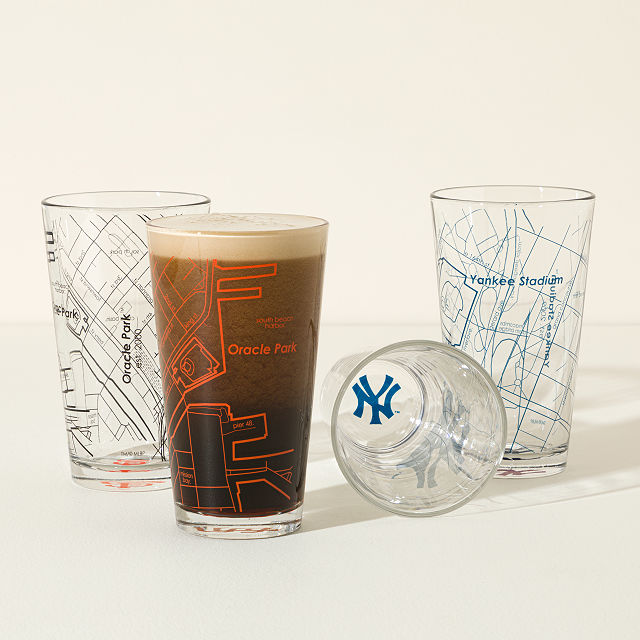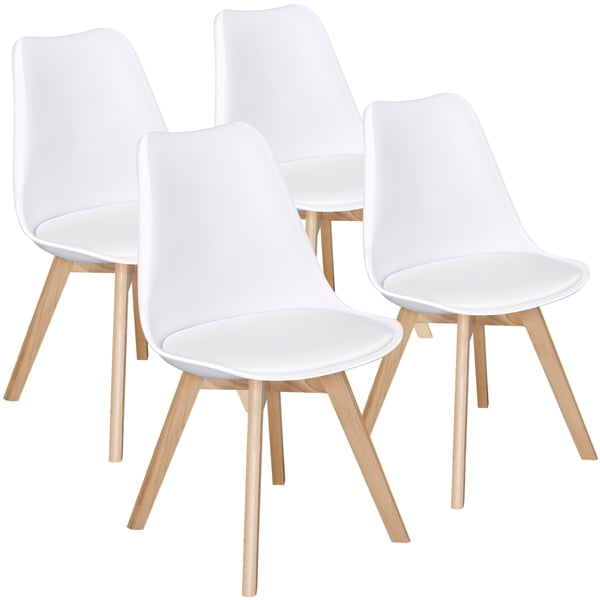Coca-Cola Coke Zero Sugar Diet Soda Soft Drink, 16.9 fl oz, 6 Pack
Coca-Cola Zero Sugar has more real Coca-Cola flavor, still without any sugar. Perfect size for drinking with meals, on the go, or any time. For crisp, cold taste, serve chilled at 37 degrees. Improved real Coca-Cola taste – without the sugar and calories.
Coca-Cola Zero has a new name, new look and even more delicious taste. Our improved recipe, Coca-Cola Zero Sugar, has the real Coke taste you love – without the sugar and calories. It’s our best-tasting zero-sugar Coke yet. Serve ice cold for maximum refreshment. Enjoy Coke Zero Sugar’s real Coca-Cola taste and zero calories with meals, on the go, or to share. Serve ice cold for maximum refreshment.
- Coca-Cola Zero Sugar has more real Coca-Cola flavor, still without any sugar
- Perfect size for drinking with meals, on the go, or any time
- For crisp, cold taste, serve chilled at 37 degrees
- Improved real Coca-Cola taste – without the sugar and calories
- It’s our best-tasting zero-sugar Coke yet
Additional information
| Assembled Product Dimensions (L x W x H) | 5.25 x 7.94 x 8.80 Inches |
|---|






by John
I love the taste of Coke Zero compared to Diet Coke which I dislike.
by Boo
Tastes like the real thing.
by Carolina
Boxes a little beat up, but all was good inside.
by Teri
I purchased this for my coworkers who love Coke Zero. Our office recently removed the soft drink machine with one that does not carry Coke products. We do much better financially buy bringing our own to the office.
by Judy
Can in great condition just wish i could get the bottles of coke zero in the store.
by Tawni
good price on my favorite.
by Travis
I switched from cans to plastic bottles because cans are lined with BPA, which is an endocrine disruptor, especially bad for women who are pregnant or could become pregnant. Also since I switched from regular coke to coke zero, I lost weight even though I wasn’t trying to.
by Patricia
Coke zero great taste no sugar.
by Lee
So great to have on hand! My favorite soda!!